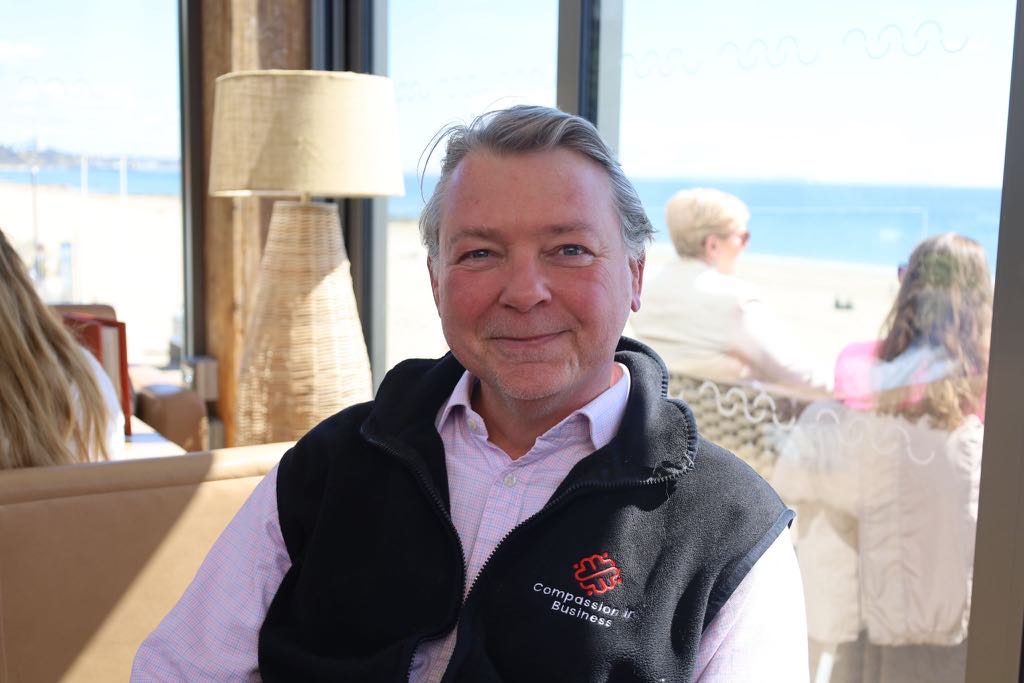
Culture Cracks & Comebacks: Starbucks, Moët Hennessy & TikTok – July 2025
- Nigel Kilpatrick
- Jul 31
- 2 min read
In today’s high-pressure world, leadership decisions reveal more about culture than ever. Recent developments across coffee, luxury goods, and tech illustrate the fault lines between toxic neglect and intentional cohesion.
1. Moët Hennessy: Luxury Brand, Toxic Culture Exposed
A lawsuit from ex-chief of staff Maria Gasparovic accuses Moët Hennessy of sexism, bullying, and requiring “anti-seduction” training—just to be promoted. The lawsuit triggered executive resignations, sick leaves, and reputational damage . When leadership tolerates disrespect, toxicity becomes systemic. A culture of fear is a corporate liability.
2. Starbucks: Culture Clash Over Return-to-Office Mandate
Starbucks CEO Brian Niccol’s mandate that corporate staff return to the office four days a week prompted visible employee backlash. Posters and internal dissent warn it betrays the company’s “partner-first” ethos and may push out committed staff . The story highlights how policy without trust fractures loyalty—and solidarity dissolves when autonomy is stripped.
3. TikTok: Performance Management Sans Empathy
TikTok’s aggressive new review system discourages managers from “being nice.” Forced distributions, capped top scores, and arbitrary rankings have led to internal anxiety and disengagement . Feedback systems should empower, not punish. When honesty flags become instruments of stress, performance—and trust—drops.
4 Leadership Actions You Can Take
Listen before mandating – Before policy shifts, invite honest feedback and engage with dissenters.
Create fair review systems – Design performance metrics that encourage growth, not fear or competition.
Address toxic behavior swiftly – Set clear accountability mechanisms and investigate complaints transparently.
Model empathy under pressure – In crisis or change, lean into leadership traits: generosity, honesty, trust.
Why This Matters in 2025
In an era of heightened scrutiny, workplace culture is both fragile and visible. Stakeholders—employees, clients, regulators—aren’t fooled by rhetoric. They judge fairness, inclusion, and how leaders respond when things go wrong.
Final Take
Culture is not optional—it’s outcome. Moët Hennessy’s scandal, Starbucks’ internal divide, and TikTok’s harsh review system all show that values aren’t what you espouse—they’re what you enforce under pressure. Leadership isn’t just about strategy—it’s about integrity in action. So ask: what is your culture showing today?





Comments